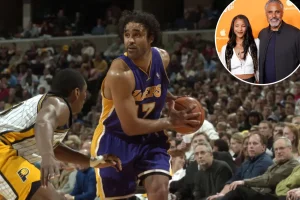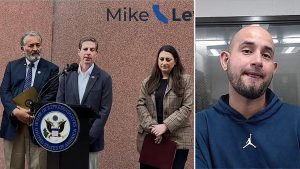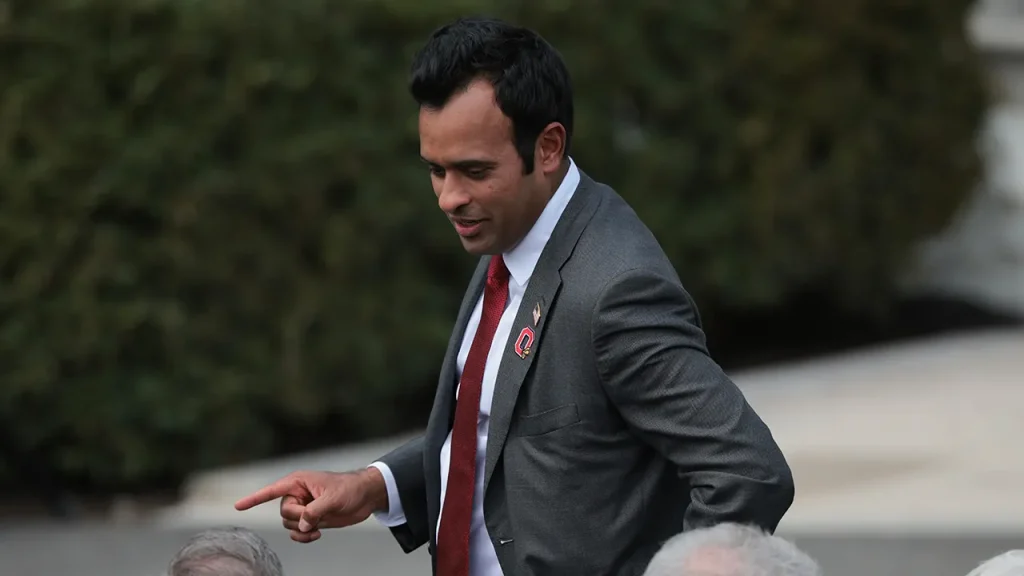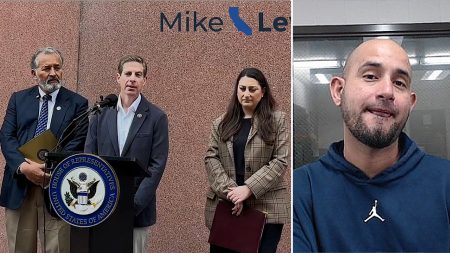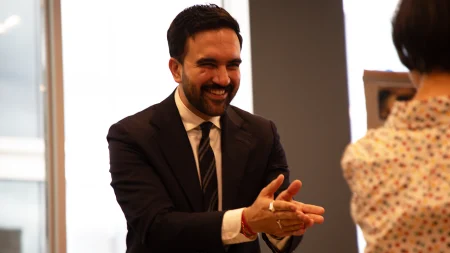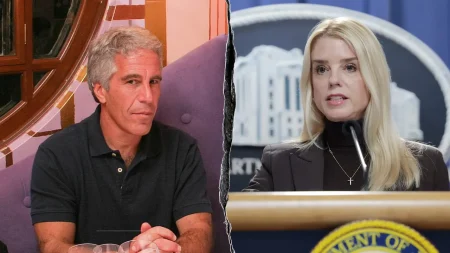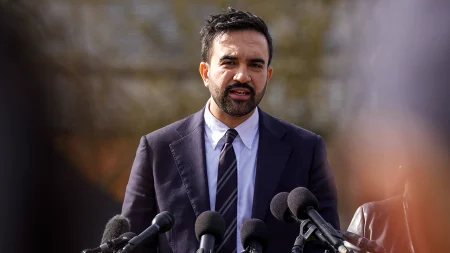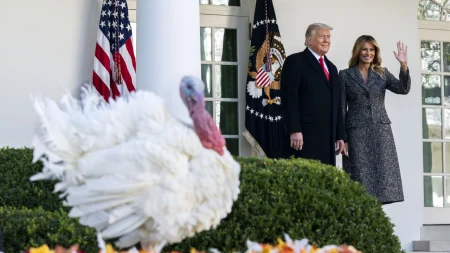Ramaswamy’s Campaign Gains Momentum as Former Ryan Donors Switch Allegiance
In a striking political shift that’s reshaping Ohio’s gubernatorial landscape, Republican candidate Vivek Ramaswamy has secured significant financial support from donors who previously backed Democrat Tim Ryan. This development, highlighted as a major coup by Ramaswamy’s campaign, has resulted in nearly $220,000 in contributions from former Ryan supporters in just the first few months of his candidacy. The notable defections include prominent business leaders from Ryan’s traditional stronghold in Youngstown and Northeast Ohio, such as Sam and Caryn Covelli, who donated $10,000 to Ramaswamy after previously giving over $59,000 to Ryan across multiple election cycles. Other major switches include Bruce Zoldan, who contributed $5,000 after previously donating more than $53,000 to Ryan, and Adam Thomarios, who gave $10,000 and is hosting an upcoming fundraiser despite having contributed nearly $17,000 to Ryan in the past. This pattern of shifting allegiances extends beyond individual donors to represent what Ramaswamy’s team describes as a fundamental realignment in Ohio politics, where voters are increasingly receptive to his message of economic growth and reform.
According to Jai Chabria, Ramaswamy’s chief strategist, this donor migration symbolizes more than just campaign finance success—it reflects a deeper disillusionment with traditional Democratic leadership that has failed to deliver for Ohioans. “It’s a very interesting thing where people who have donated to Democrats, and especially someone like Tim Ryan, are flocking to Vivek,” Chabria explained. “There’s actually a movement where people are moving over not just to Republicans, but to Vivek specifically because he’s got such a message of growth, of economic growth.” This sentiment is echoed by Ohio Republican Party Chairman Alex Triantafilou, who characterized the donor shifts as “impressive” and indicative of Ramaswamy’s appeal as a candidate committed to workers, reshoring manufacturing, and strengthening Ohio’s energy independence. The GOP’s unprecedented early endorsement of Ramaswamy in May—more than a year before the primary—has further solidified a coalition that has powered Republican victories across the state.
The financial momentum behind Ramaswamy’s campaign has been remarkable, with $9.7 million raised between February and June—described by his team as the largest sum ever collected by an Ohio gubernatorial candidate in the year preceding a general election. An allied super PAC has contributed an additional $17 million, and Chabria suggests that the next filing will show even more impressive numbers. These financial achievements, combined with the donor defections from Ryan’s camp, are portrayed as part of a broader coalition-building effort that transcends traditional political divides. Ramaswamy’s background in business particularly resonates with donors who appreciate his understanding of their perspective, while his detailed policy agenda demonstrates readiness to govern without a steep learning curve. His priorities—including energy independence, educational improvement, and addressing urban crime—are issues that appear to be connecting with both small and large donors across the political spectrum.
Ramaswamy’s policy platform aims to bridge partisan divides, particularly on issues like public safety. “The crime in our cities is appalling. And it’s something that Vivek wants to bring all leaders together to actually try to address because people need to be able to be safe in their own homes,” Chabria noted. “Democrats, Republicans, independents, they all need to feel safe in their homes, in their cities. So it’s definitely not a partisan issue, but sometimes it becomes one. But Vivek, I think he’s going to try to rise above it and try to bring all people together and really listen to everybody and then try to offer real concrete solutions to this issue.” This approach, coupled with proposals on manufacturing, education, and eliminating the state income tax, is designed to appeal to middle-class Ohioans, including union workers and others who could benefit from improved economic conditions.
At 40 years old, Ramaswamy represents what Triantafilou calls “a new era of leadership,” contrasting sharply with Ryan, whom Republicans characterize as emblematic of Democrats focused on cultural debates rather than economic concerns. The GOP is already previewing their strategy if Ryan enters the governor’s race, with Triantafilou criticizing him as “inauthentic” and accusing him of presenting himself as a moderate in Ohio while voting with progressive Democrats in Washington. “Tim Ryan represents kind of what’s wrong with the Democratic Party,” Triantafilou argued. “Tim Ryan will put on a hunting jacket and be on TV, and then he goes to D.C. and votes with AOC and with the left of party.” Republicans contend that Democrats are out of step with Ohio voters on issues ranging from crime to education, and predict that Ryan would be outspent, outworked, and ultimately defeated if he entered the race.
With record fundraising, significant defections from Ryan’s donor network, and the Ohio GOP’s early endorsement, Ramaswamy’s campaign has positioned him as the frontrunner for the 2026 gubernatorial race. The campaign is now focused on building on this early momentum, with events scheduled throughout the fall, including an October fundraiser hosted by Thomarios in Akron. As Ramaswamy works to expand his base across Columbus, Cincinnati, Toledo, and beyond, his team expresses confidence in their growing coalition. Ryan, who lost a Senate race to first-time candidate JD Vance in 2022, has not officially declared his intention to run for governor and has indicated he will make a decision by the end of the year. Meanwhile, Ramaswamy continues to consolidate support across traditional political boundaries, presenting himself as a forward-looking alternative to what his campaign characterizes as the failed policies of the past.
